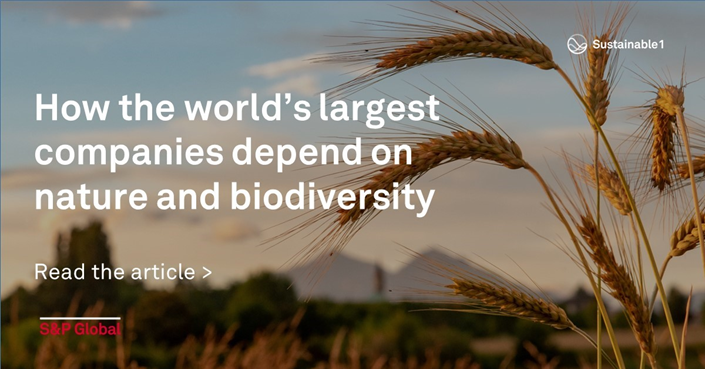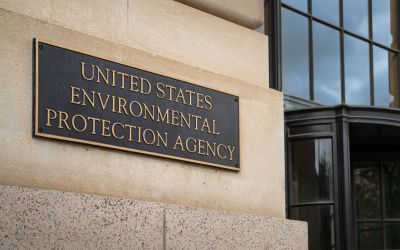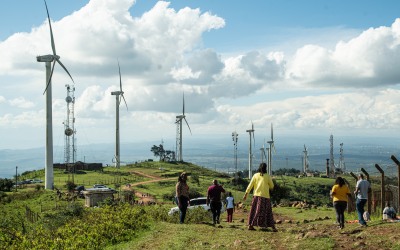How the world’s largest companies depend on nature and biodiversity
Most of the world's largest companies are significantly dependent on nature in their operations even as the biodiversity and ecosystems underpinning those resources are declining due to overexploitation and climate change.

Most of the world's largest companies are significantly dependent on nature in their operations even as the biodiversity and ecosystems underpinning those resources are declining due to overexploitation and climate change.
S&P Global Sustainable1 data shows that 85% of companies in the S&P Global 1200 — an index that covers the 1,200 largest companies across North America, Europe, Asia, Australia and Latin America — have a significant dependency on nature across their direct operations.
A look at a broader universe of companies in the S&P Global Broad Market Index (BMI) shows similar dependency on nature: 68% of companies in this index have a significant dependency on nature across their direct operations. The S&P Global BMI includes approximately 14,000 companies from across dozens of developed and emerging markets.
Protecting nature is a nascent priority for many companies, despite the fact that nature underpins much of the global economy. About $44 trillion of global economic value generation — over half of global GDP in 2019 — is moderately or highly dependent on natural assets and their ecosystem services, according to the World Economic Forum. A new analysis PwC released in April 2023 updated that figure, finding that 55% of global GDP, equivalent to an estimated $58 trillion, is moderately or highly dependent on nature.
Understanding ecosystem dependency and risk
The economy is reliant on the ecosystem services that nature provides in many different ways. For example, ecosystem services provide wood for timber harvest; ground water or fresh water for drinking, cooling power plants or irrigation; and animal or plant fibers for fabrics or fertilizer.
Nature also provides ecosystem services by modulating the climate and hydrological, ecological and soil processes. Examples of these ecosystem services include pollination, carbon sequestration, erosion control, flood and storm protection, disease control and soil quality.
How does this connect back to business? The global economy is benefiting from nature even as it is driving nature loss, which is reducing nature’s ability to sustain those ecosystem services. Pollution, deforestation and other unsustainable land use, paired with climate change and the spread of invasive species, have put about 1 million animal and plant species at risk of extinction, many within decades, according to the UN.
The 2021 Dasgupta Review, a landmark study of the economics of biodiversity, noted that from 1992 to 2014 the world's stock of natural capital assets per person declined by nearly 40% while during that same period the produced capital per person doubled.
Understanding ecosystem dependencies — how much an organization relies on certain ecosystem services to function — can also help the organization understand the risk it would face if that ecosystem service declined or stopped.
Ecosystem dependencies will vary based on location and the services a company provides. For example, a company with operations in a flood-prone area will be more dependent on flood and storm protection.
Healthy and diverse ecosystems also play a key role in absorbing carbon emissions and helping both the natural world and human society adapt to the physical impacts of climate change. But nature’s ability to provide those services will diminish with every degree of global warming, the Intergovernmental Panel on Climate Change (IPCC) warned in its recent synthesis report.
Biodiversity and nature are gaining rising attention from companies, investors and governments but many companies are in the early stages of understanding the risks these issues pose to their business.
To help address this challenge, S&P Global Sustainable1 has launched a new Nature & Biodiversity Risk Dataset that assesses nature-related impacts and dependencies across a company’s direct operations including at the asset, company and portfolio level. The Nature & Biodiversity Risk Dataset covers more than 17,000 companies and more than 1.6 million assets. The dataset applies the Nature Risk Profile Methodology for analyzing companies' impacts and dependencies on nature launched by S&P Global Sustainable1 and the UN Environment Programme (UNEP) in January 2023.
Read the full article here.






